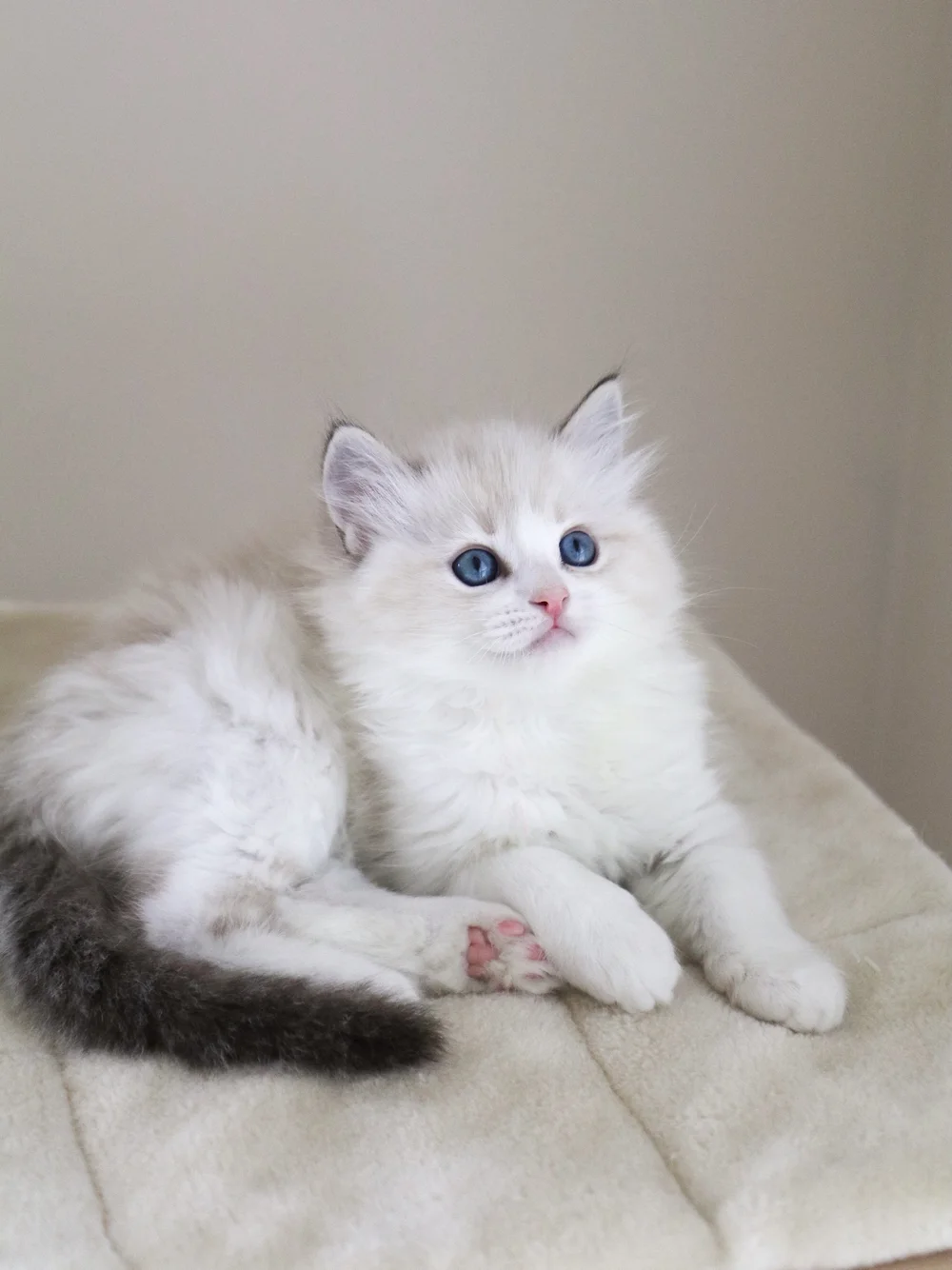
Figuring Out Ragdoll Cat Type Standards: Nurturing Feline Excellence
Ragdoll pet cats are treasured for their appeal and mild nature, and understanding the type standards is crucial for assessing their high quality and adherence to reproduce attributes.
Introduction to Ragdoll Cat Breed Standards
Ragdoll cats have a rich background dating back to the 1960s in California, USA, where they were uniquely bred to show specific characteristics, resulting in their distinctive appearance and personality.
History and Development of the Ragdoll Breed
The Ragdoll breed's growth owes much to the initiatives of dedicated dog breeders and enthusiasts, that thoroughly curated the type's traits to produce the gentle, caring felines we know today.
Governing Bodies and Associations
Various pet cat registries and breed organizations, consisting of The International Cat Association (TICA) and the Cat Fanciers' Association (CFA), establish and maintain standards that specify the ideal characteristics of Ragdoll felines for exhibit and breeding.
Physical Characteristics of Ragdoll Cats
Ragdoll pet cats are defined by their plus size, muscular build, and semi-longhaired layer, which is available in a range of shades and patterns, including seal, blue, delicious chocolate, lavender, aimed, mitted, and bicolor.
Shade and Pattern Variations
The varied color and pattern variations within the Ragdoll type contribute to its enchanting appeal, with each mix contributing to the individuality and beauty of these royal felines.
Head and Facial Structure
Ragdoll pet cats boast a distinctive head form identified by a broad, modified wedge form, level aircraft between the ears, and a carefully rounded muzzle, which gives them their sweet and special expression.
Body Structure and Proportions
Their big, muscular bodies, broad chests, and sturdy bone structures are enhanced by their characteristic propensity to kick back completely when gotten, making them the moniker "ragdolls.".
Layer Texture and Length.
Ragdoll pet cats possess a soft, silky layer that exists close to the body, with a small ruff around the neck and complete breeches on the back legs, contributing to their extravagant and royal appearance.
Temperament and Personality Traits.
Recognized for their gentle and affectionate nature, Ragdoll felines show a docile personality that makes them appropriate for indoor living and companionship with individuals and other pets.
Reproducing Practices and Ethics.
Accountable breeders abide by stringent reproduction methods to make certain that Ragdoll pet cats adapt breed requirements and display https://www.royaltyfelines.net the desired attributes of wellness, personality, and conformation.
Showing and Judging Ragdoll Cats.
In feline shows, Ragdoll pet cats are assessed based on exactly how carefully they stick to the breed standards, with judges examining various aspects such as layer shade and appearance, body conformation, and total character to identify their top quality.
Verdict: Upholding the Essence of the Ragdoll Breed.
Recognizing Ragdoll cat breed criteria is extremely important for preserving the stability and elegance of the breed, making certain that Ragdoll felines remain to mesmerize and charm cat enthusiasts worldwide with their distinct high qualities and qualities.
Ragdoll Cat Breed Standards: FAQs.
Q: What are the most typical coat shades and patterns seen in Ragdoll felines?
A: The most common layer shades in Ragdoll pet cats are seal and blue, while patterns such as sharp, mitted, and bicolor are regularly observed.
Q: Are Ragdoll cats suitable for households with kids and other family pets?
A: Yes, Ragdoll felines are understood for their mild and sociable nature, making them excellent companions for families with kids and other family pets.
Q: Do Ragdoll pet cats call for a lot of grooming because of their longhaired coats?
A: While Ragdoll cats do have semi-longhaired layers that need routine brushing to avoid matting and decrease losing, their grooming needs are normally workable with weekly cleaning sessions.